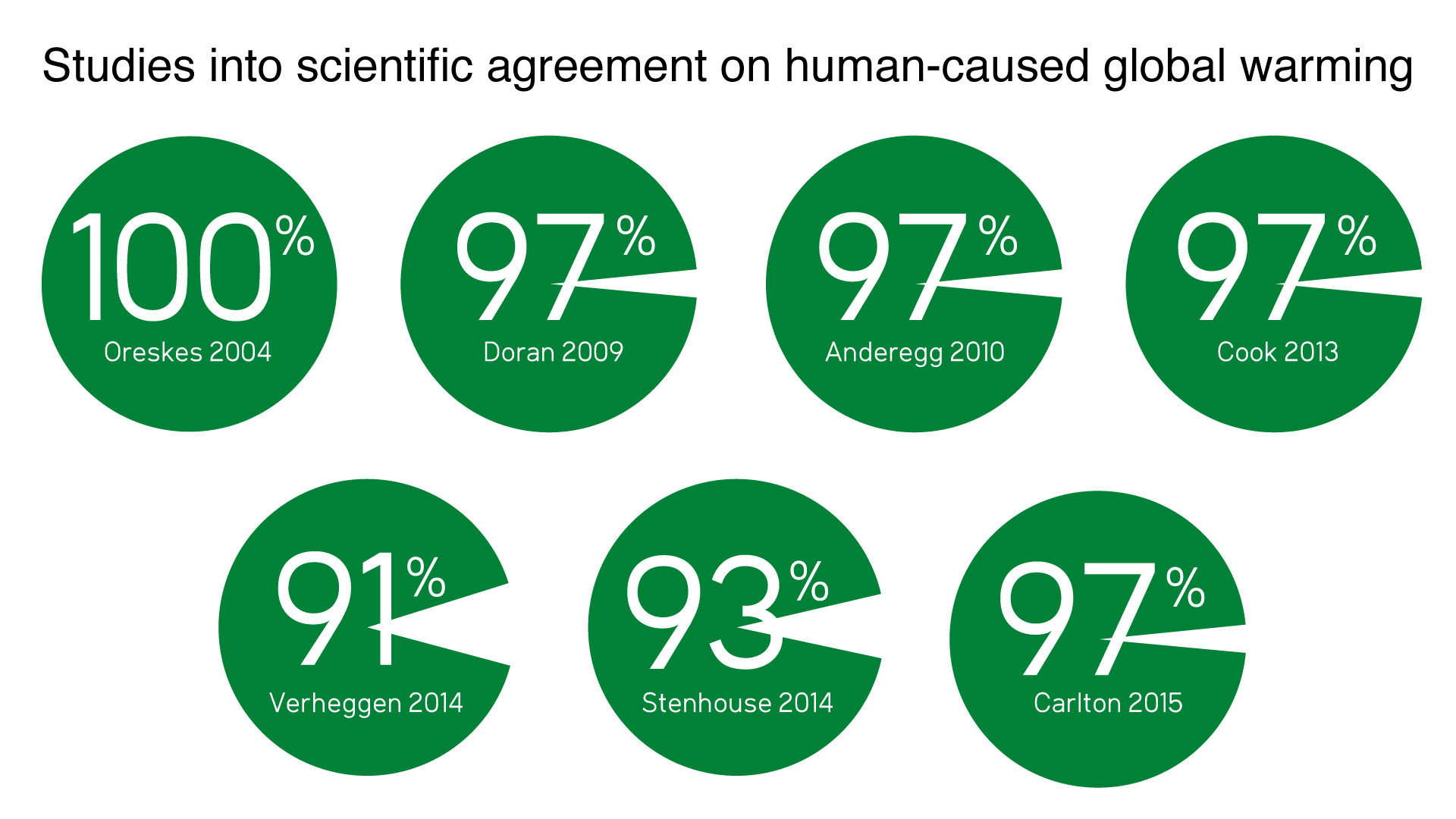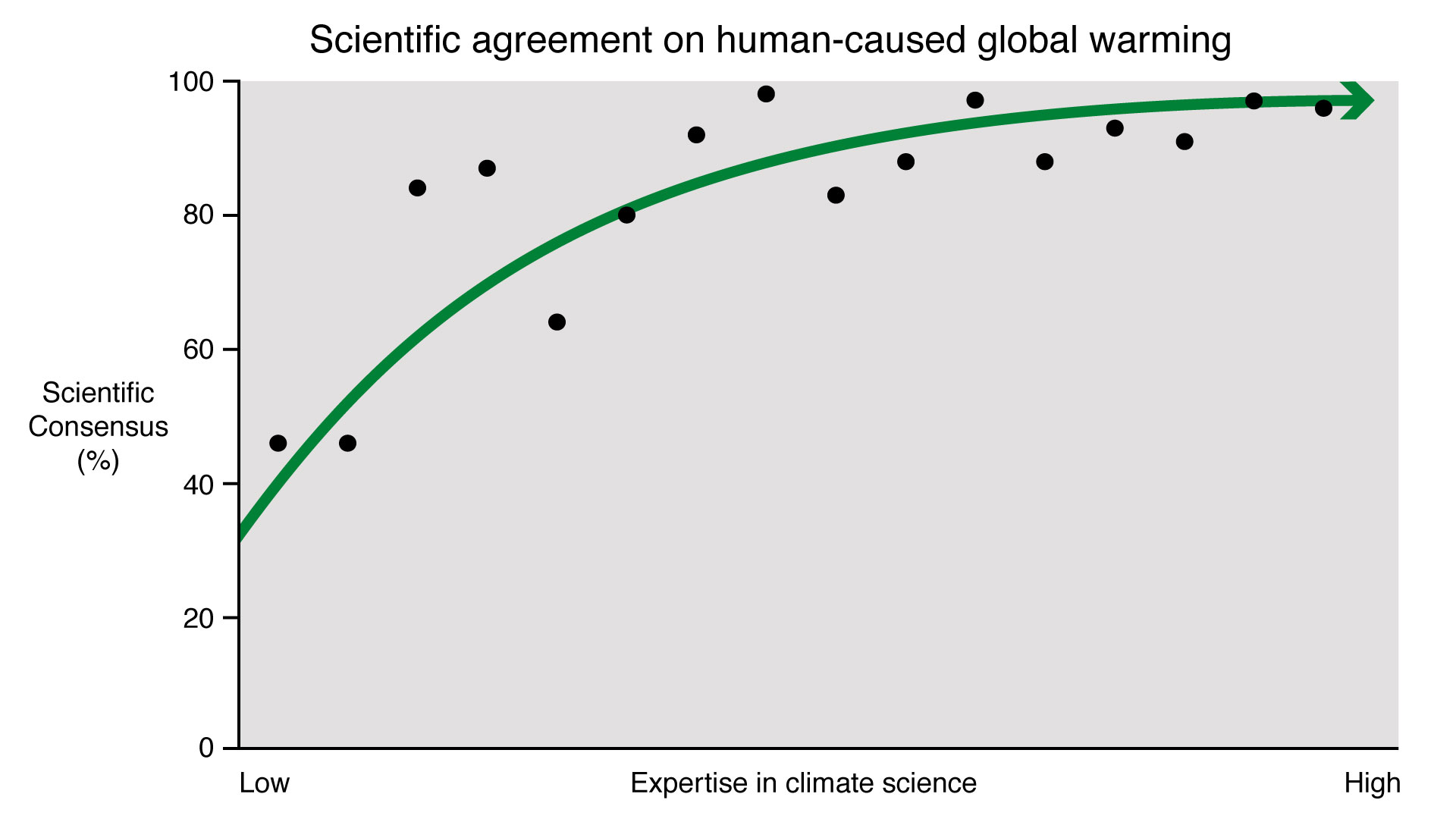As a theoretical physicist, I was excited to hear about Saturday’s nationwide March for Science. But after learning who is leading it and why, I am disappointed to report it is but a brazen attempt by political activists to hijack science.
My dream of becoming a scientist started in the second grade and was my ticket out of the disadvantaged, gang-plagued neighborhoods of East Los Angeles, where I was born. I’ve spent my life teaching science in and out of classrooms to millions of people worldwide – and my efforts have been rewarded with everything from distinguished teaching awards to Emmys.
I believe the scientific method is by far our best hope for elucidating the physical universe. It’s why I feel so protective of it. I can’t bear seeing the organizers and partners of the so-called March for Science trying to politicize it.
Bill Nye, the march’s highly visible co-chairperson, is barely even a scientist. After earning an undergraduate degree in mechanical engineering, he worked for an airplane company, did stand-up comedy, and hosted a PBS kids show, in which he cleverly branded himself “The Science Guy.”
In science-related debates,
Nye consistently defends a strident, liberal position. (I’d also call him out if he were a strident conservative.) And he promotes a woefully benighted stereotype of a scientist – an old, nerdy white guy sporting a tweed jacket and bow tie. Given all the highly qualified, bona fide researchers out there – including Nobel Prize winners – it boggles the mind that march organizers would choose Nye to represent science and expect to be taken seriously.
The march’s flagrant political bias is also plain in its choice of partners – for instance, the Union of Concerned Scientists, a group of fiercely anti-nuke, anti-Trump lobbyists. Its president, Kenneth Kimmel, defends the march by deliberately
confusing attacks on his political agenda with attacks on the scientific method: “Nowhere is the attack more ferocious than on the issue of global warming, where the Trump administration has taken a wrecking ball to the modest but important policies put in place by President Obama.”
The
march’s official website isn’t reassuring either. While reading its stated principles and goals, I came across this doozy of a statement: “Political decision-making that impacts the lives of Americans and the world at large should make use of peer-reviewed evidence and scientific consensus, not personal whims and decrees.”
Like wizards uttering a magical incantation, lobbyists routinely invoke the existence of a “scientific consensus” to lend an aura of infallibility to their political stands. At a seminar years ago, Arianna Huffington explained the Huffington Post did not tolerate any debate about climate change, because Al Gore – that world renowned scientist – personally assured her the matter was “settled science,” another oft-heard political spell.
The only thing Huffington revealed that day was her scientific illiteracy. Science is never settled. As Albert Einstein once observed, “No amount of experimentation can ever prove me right; a single experiment can prove me wrong.”
Einstein knew whereof he spoke. As a young physicist in Switzerland, he confronted a stubborn
scientific consensus – supported by a mountain of
peer-reviewed evidence – that decreed Newtonian physics was
settled science. In 1905, when Einstein dared to challenge it – to publish the special theory of relativity – the scientific establishment promptly reared up against him. Prominent
Nazi physicists even accused him of promulgating disreputable “Jewish science.”
There is enormous room for improving science education in our nation’s public schools, colleges, grad schools, media, and – yes – political institutions. But the March for Science – lobbyists claiming that supporting the scientific method is equivalent to supporting their political agendas – is a very big, very public step in the wrong direction.
Michael Guillen Ph.D., former Science Editor for ABC News, taught physics at Harvard. His novel, "The Null Prophecy," debuts July 10.




